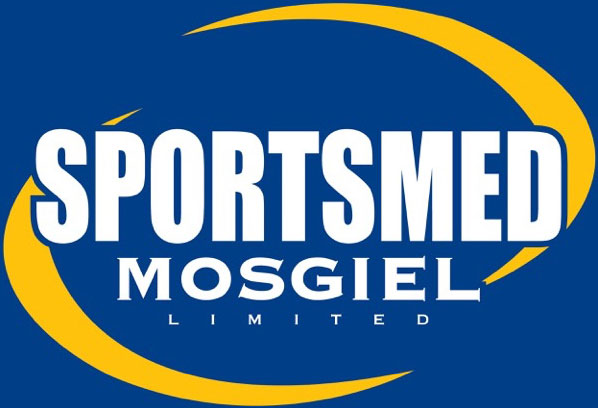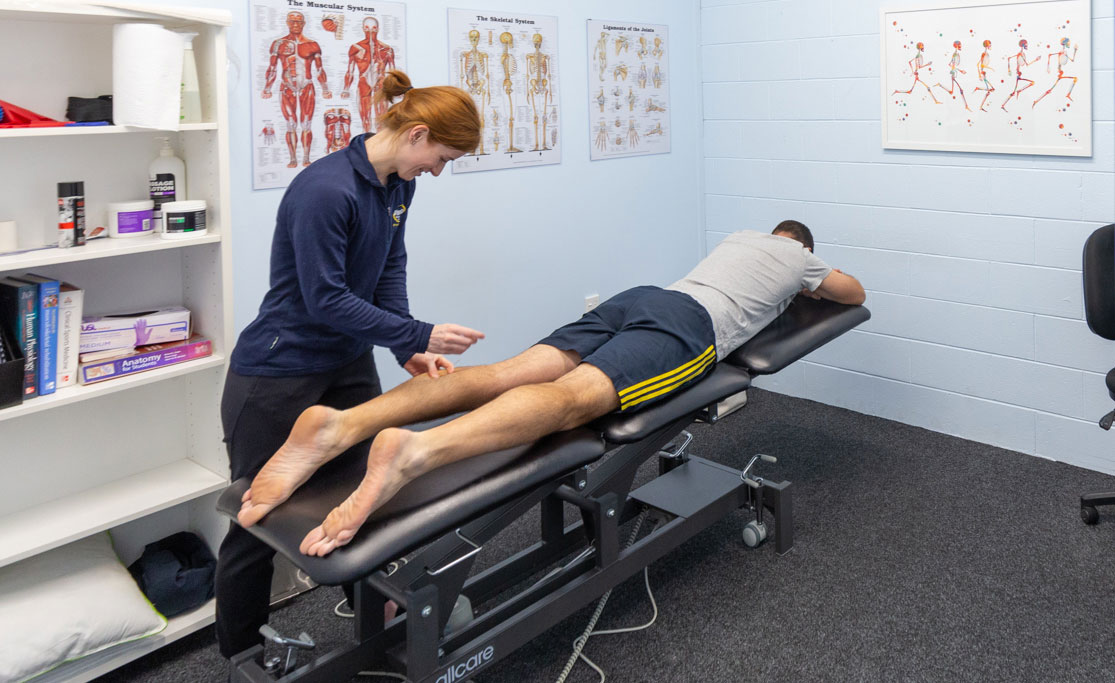
Getting pain when tying your shoelaces up in the morning? Having difficulty trying to get out of the car after a period of driving? Lower back pain is one of the most common musculoskeletal complaints and is often referred to as non-specific back pain due to the many and varied sources of pain (muscular, spinal joint, spinal disc, ligaments etc). The good news is that with the right advise and rehab plan most back pain will improve substantially in 2-6 weeks.
Common causes:
Causes of lower back pain can be varied but typically will be as a result of either:
(1) a single trauma or even a minor event such as lifting with a twist or picking up heavy objects with poor technique or
(2) gradual onset such as repetitive forward bending and/or lifting tasks particularly when unaccustomed.
Occasionally there can also be contributing factors from the neck, mid back, shoulders, pelvis or hips.
Management:
Whilst lower back pain can be quite debilitating it is usually beneficial to maintain some degree of lower back movement – although this should be within tolerance.
Identify and avoid aggravating activities which can often include such things as repetitive forward bending/lifting or prolonged sitting – it is advisable to take regular breaks and potentially add some stretching/mobility exercises.
Often morning stiffness can be improved with a simple morning lumbar mobility exercise. Heat, such as taking a hot shower or wheat bags can also improve symptoms.
Like most of the body, the lower back responds well to an appropriate amount of movement.
With lower back pain it is usually beneficial to engage in mobility exercises and even walking programmes to maintain some sort of movement.
As symptoms improve, more demanding activities can be reintroduced giving lower back tissue time to heal/adapt and become more resilient. Sportsmed Mosgiel Physiotherapists can help show you a range of progressive exercises appropriate for each stage of recovery.
In severe cases it may be beneficial to take a 24-48 hours of initial rest and in rare cases of trauma involving high forces it may require x-ray clearance. Sensation changes or notable weakness in the legs or any difficulty with toileting would be reasons to fast-track your appointment to a doctor for assessment.
Prevention:
(1) Longer term it has been shown that improving core strength in both the abdominals and lower back stabilising muscles are key to preventing lower back pain.
(2) Lower back mobility exercises – staying mobile in your lower back is beneficial. Add 1 or 2 of these to your regular exercise programme, particularly if you have a history of lower back pain.
(3) Lifting technique - ensuring good technique whilst lifting is important in reducing the risks of lower back pain. When lifting heavy objects squat using your legs and not bending solely at the waist. Use both hands to hold the object, keeping it close to your body, straighten your legs as you stand.
When lifting and placing heavy objects use a stepping strategy rather than twisting and reaching.
For help with exercises, posture, manual treatment for joints and muscles, and further advice and education about your lower back pain, make an appointment with one of our experienced physiotherapists at SportsMed Mosgiel Physiotherapy.



